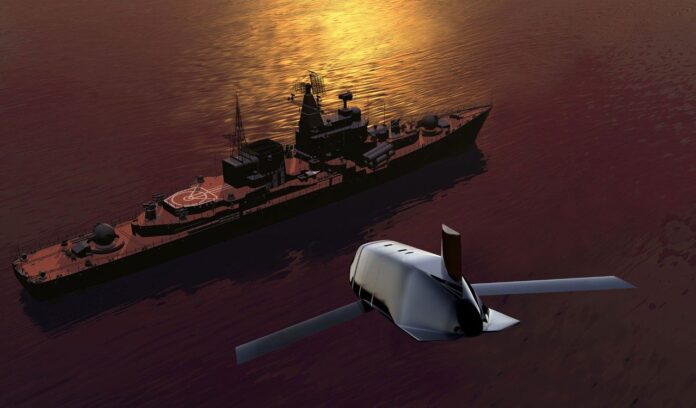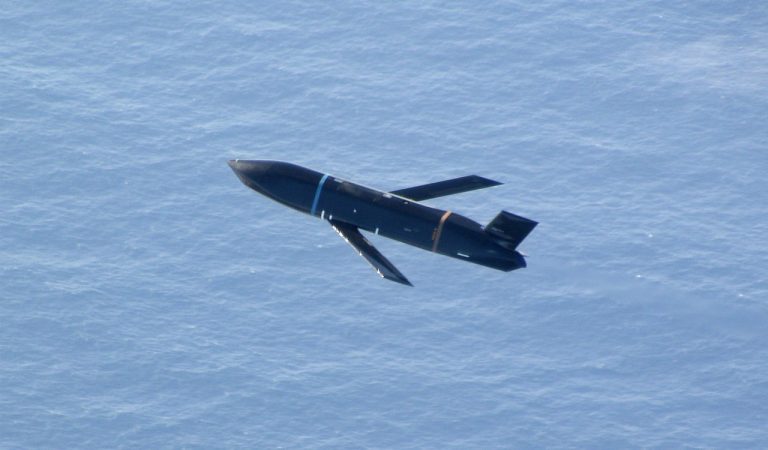
Lockheed Martin was awarded a $414 million contract from the U.S. Navy and Air Force for Long Range Anti-Ship Missile (LRASM) production, the company announced. This is the largest LRASM production contract in the history of the program.
The combined Lot 4/5 contract continues production of the air-launched variant of LRASM, now operational on the U.S. Navy F/A-18E/F and U.S. Air Force B-1B.
“This contract reflects LRASM’s increasing significance to our customers’ missions. Focused teamwork around a shared vision with our customers and our dedicated supply partners remains key to this program’s success,” said David Helsel, LRASM director at Lockheed Martin Missiles and Fire Control. “We look forward to continuing our important work and growing our capabilities and platforms.”
About LRASM:
Long-Range Anti-Ship Missile is designed to detect and destroy specific targets within groups of ships by employing advanced technologies that reduce dependence on intelligence, surveillance and reconnaissance platforms, network links, and GPS navigation in electronic warfare environments. Long-Range Anti-Ship Missile will play a significant role in ensuring military access to operate in the open ocean, owing to its enhanced ability to discriminate and conduct tactical engagements from extended ranges.

Long-Range Anti-Ship Missile is a precision-guided, anti-ship standoff missile based on the successful Joint Air-to-Surface Standoff Missile – Extended Range (JASSM-ER). It is designed to meet the needs of U.S. Navy and U.S. Air Force warfighters in contested environments. It provides an operational capability for the U.S. Navy’s offensive anti-surface warfare Increment I requirement.
Long-Range Anti-Ship Missile technology will reduce dependence on ISR platforms, network links, and GPS navigation in aggressive electronic warfare environments. This advanced guidance operation means the weapon can use gross target cueing data to find and destroy its pre-defined target in denied environments. Precision lethality against surface and land targets ensures the system will become an important addition to the US Navy warfighter’s arsenal. LRASM provides range, survivability, and lethality that no other current system provides.


